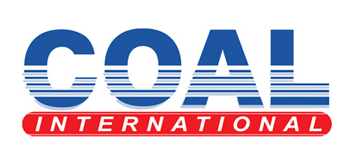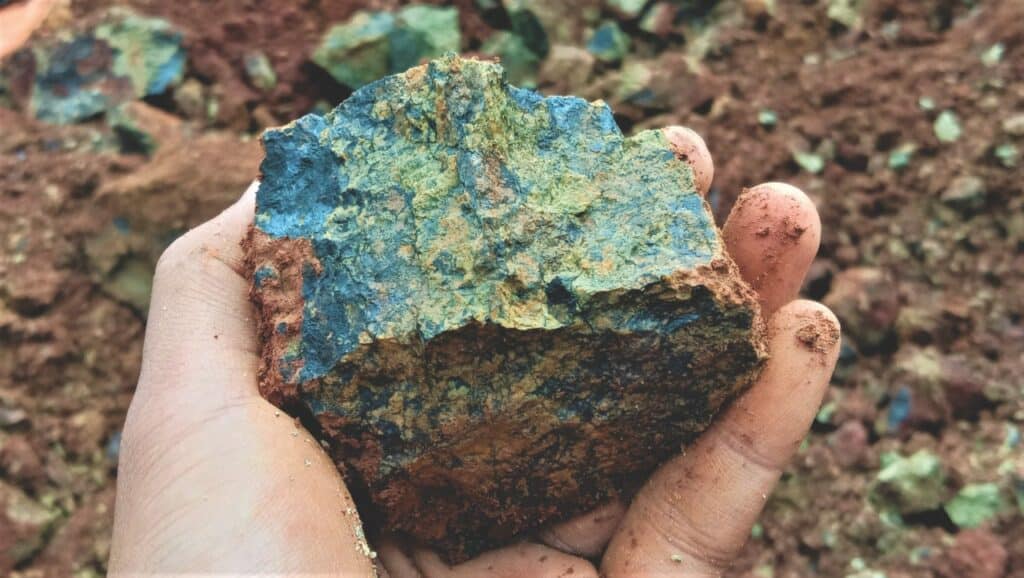Western Mines Group has completed the mineral resource estimate (MRE) for its flagship Mulga Tank project – believed by the company to be the largest in Australia – in the eastern Goldfields of Western Australia.
Mulga Tank’s MRE stands at 1.9 billion tonnes (Bt) grading 0.27 per cent nickel, 131 parts per million (ppm) cobalt, 82ppm copper and 17 parts per billion (ppb) platinum and palladium.
The Mulga Tank resource comprises 5.3Mt nickel, 257,000 tonnes (t) of cobalt, 161,000t copper and 1.1 million ounces of platinum and palladium of contained metal.
“This is a very significant milestone for both the project and the company and my thanks and congratulations go to the entire exploration team for the progress achieved over the last three years,” Western Mines Group managing director Caedmon Marriott said.
“Our exploration results from Mulga Tank have been continuously building as we unlock knowledge of the complex and this mineral resource marks a culmination of that. It demonstrates what we have long stated – that the main body of the complex hosts a globally significant nickel sulphide deposit, we believe the largest nickel sulphide deposit in Australia and top 10 in the world.”
The Mulga Tank mineral resource builds off a combination of diamond and reverse circulation (RC) drilling.
The RC drilling was undertaken to infill and prove up the extent of shallow disseminated nickel sulphide mineralisation, and the diamond drilling – which remains ongoing – tests deeper targets for basal massive sulphide.
Since revealing Mulga Tank’s exploration target of 350Mt–2.2Bt in February 2024, Western Mines Group has completed two further phases of RC drilling totalling 36 holes for 11,536m.
“The mineral resource estimate focuses on just the shallow disseminated mineralisation, constrained by our current drilling, in what could be a large open pit scenario,” Marriott said.
“We’ve got more than enough tonnes, and it will get bigger still as we extend in a number of directions.
“We will continue to infill and upgrade the resource confidence with further drilling but really the key now is to focus our exploration on the higher-grade areas within this huge open-pitable volume – looking to follow up on the 23 intersections greater than one per cent nickel, including results up to 4.5 per cent nickel and 4.8 per cent cobalt, clustering in various zones across the complex.”



